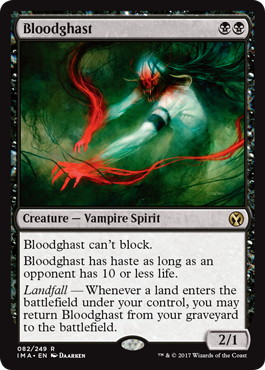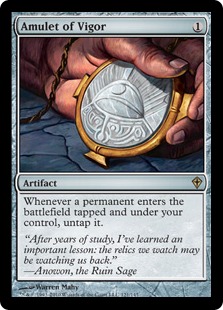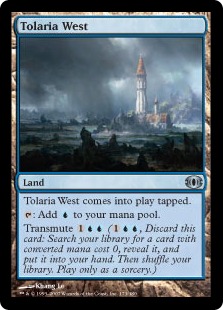Introduction
Lands are my favorite card type in Magic. While a lot of people dislike lands and the variance associated with them, I find they offer a lot of interesting decisions in both game play and deck building. The physical act of playing a land is so simple that it can be easy to take the decisions involved with it for granted. Frequently the mistakes involved with playing a land might not be apparent until future turns as well, meaning it might be harder to notice them as mistakes.
Over a year ago, I was in Kyoto testing for Pro Tour Hour of Devastation with some friends that included former Gold Level Pro Nathan Smith. At the time Nathan was certainly the best player I regularly interacted with, and I think the few times I was able to test with him resulted in me becoming much better at Magic. On multiple occasions during our testing, someone in the house would make a mistake that involved their land drop, and repeatedly throughout the week I heard Nathan tell both other players and himself, “Always tank before playing a land.” While I currently believe the use of the word ‘tank’ is a hyperbole, I find myself remembering this advice regularly.
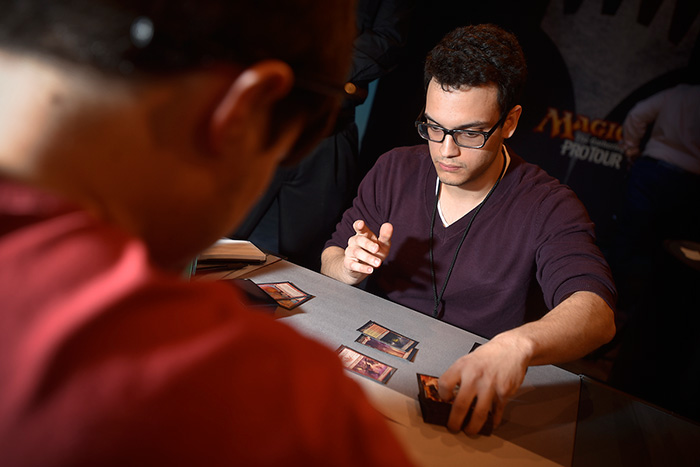
Nathan Smith
Image Copyright : Wizards of the Coast
The point of the advice is that it can be very easy to play a land each turn with little to no thought, and often it can be important to treat the decision of playing a land with a lot more respect than one would expect. There are three things to think about when it comes to your land drop. The first is whether or not you should play a land, and the second is which land to play, and the third is when to play it.
Should You Play a Land?
Whether or not to play a land is usually an easy decision. In most games of normal Magic (think Standard and Limited), the plan is to simply curve out in the early turns and set up the ability to double spell or use all of your mana into a mana sink in the late game. This typically lends itself to always playing a land when you can. Reasons not to play a land are usually based around specific cards in the format, if these cards are in your own deck, this decision can be easier. For example, maybe you want to save a 《Verdant Catacombs》 as the last card in your hand in case you draw 《Tireless Tracker》 in your Modern BG deck.
Sometimes you hold lands to play around cards that might be in your opponent’s deck. In Guilds of Ravnica Limited, I found myself not playing out the last land in my hand if I still had spells in my hand, quite frequently against Dimir decks, due to a fear of 《Burglar Rat》 or 《Disinformation Campaign》.
This decision can still be tricky, especially if it’s game 1 and you aren’t sure they actually have these cards that can punish you, because sometimes your own deck can punish you for not playing your lands. The most frequent way this can happen usually involves cards that let you draw multiple cards. You might control five lands and have a 6th one in your hand and decide not to play it, but what if in next turn you draw 《Divination》, then cast it, and draw another land and four mana spell? This is why in general I would recommend only considering the cards you know your opponent has in their deck.
People also frequently hold lands to bluff them as spells, though I think in most cases this is wrong unless you are dead on board if you play out your last land. If you can assess that there is absolutely no way to get punished for holding lands in your hand, then sure you can hold them to bluff, but most of the time it probably won’t even cause your opponent to play any differently.
If you watch a lot of coverage, you might pick up on certain things that players frequently do. Specifically, watching Reid Duke, William Jensen or Owen Turtenwald, when they are empty handed and draw a land for turn, they almost always spend a decent amount of time deciding whether or not to play it. This is a great habit to get into given you play quickly enough overall. You don’t have any other decisions involving cards in your hand to think about anyways, so you might as well make sure you are making the right choice with the decision you have.
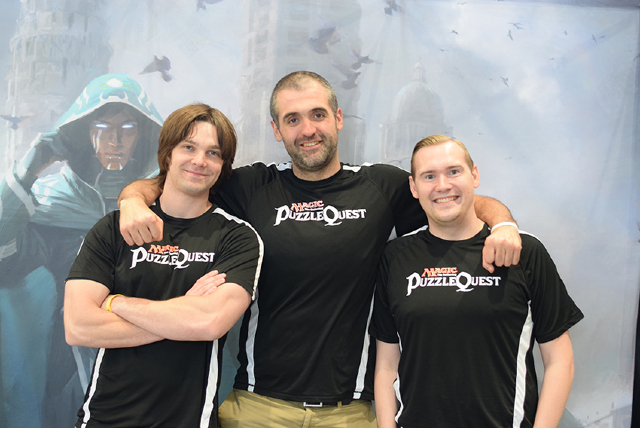
Peach Garden Oath (Reid Duke/William Jensen/Owen Turtenwald)
Image Copyright : Wizards of the Coast
Which Land Should You Play?
Which land to play is typically a much harder decision, and typically gets harder the older format you are playing, given you are more likely to play lands with abilities besides mana abilities.
The easy part of this decision is just making sure you can cast spells that you draw. If your opening hand in an Azorius Draft deck has 2 《Island》s and 2 《Plains》, then you have 《Essence Capture》 in your deck, you probably want to lead on 《Island》 in case you draw it on turn 2. These are things you can pay attention to when building your deck that you can keep in mind in game so you hopefully don’t have to spend too much time thinking about which land to play on the first turn, and already know the answer.
You can also plan ahead like this in Constructed to help think through these decisions once you’re in game. A simple example once again with a Modern BG deck featuring 《Tireless Tracker》 and 《Verdant Catacombs》 is to perhaps play out lands that aren’t 《Verdant Catacombs》 first, to be able to maximize the value of drawing 《Tireless Tracker》. I don’t recommend you rely completely on heuristics though, because that’s how you end up playing the wrong land in certain spots.
More complicated examples come with planning out future turns. A recent one I heard on The Cedric Phillips Podcast was that Cedric saying he was piloting the current White aggro deck with a Blue splash, and on his turn 3 he controlled 2 《Plains》, and his hand included 《Benalish Marshal》, 《Tocatli Honor Guard》, 《Disdainful Stroke》, 《Glacial Fortress》, and 《Hallowed Fountain》.
He knew he wanted to play 《Benalish Marshal》 and was planning on playing 《Tocatli Honor Guard》 and leaving up 《Disdainful Stroke》 on the following turn, and he almost played 《Glacial Fortress》 on that turn, but after taking a moment to think about it, he realized that on the following turn he would be playing 《Tocatli Honor Guard》 and 《Hallowed Fountain》 untapped and that’s basically telegraphing to his opponent that he has a 2 mana instant in his hand.
So instead he played the 《Hallowed Fountain》 untapped on turn 3 so that on turn 4 it just looks like he drew 《Glacial Fortress》 for his draw step. This example really opened my eyes to lines available when playing with shocklands and instants in the same deck, and made me realize I’ve likely been making a lot of mistakes in both Standard and Modern when faced with similar decisions to the one Cedric had.
The most complex examples usually come from Constructed decks featuring lands with a lot of utility beyond just tapping for mana, or with cards that care a lot about playing lands. Having played 《Krark-Clan Ironworks》 before the ban and 《Whir of Invention》 Prison more recently, a specific card that leads to a lot of interesting decisions is 《Inventors' Fair》. 《Inventors' Fair》 rewards you for getting it on the battlefield quickly with the life gain trigger, but can punish you when you needed to develop colored sources for 《Engineered Explosives》 or 《Whir of Invention》 first. Another interesting decision that comes with 《Inventors' Fair》 is when playing against decks featuring land destruction like 《Field of Ruin》. You need to assess whether or not the potential to gain life is worth giving up the ability to play it and activate without leaving it vulnerable.
The presence of both land destruction and cards like 《Blood Moon》 in a format can also greatly impact which land to play. Sometimes you want to use your fetchlands to find basic lands instead of duallands to play around 《Back to Basics》 or 《Blood Moon》, but find yourself hampering your ability to win when you aren’t facing down those cards. While finding the correct answer can be hard in these spots and may even take a lot of experience to help, treating them like important decisions is the right path to increasing the likelihood you find the correct answer.
When to Play a Land?
This mostly comes down to pre-combat or post-combat and is usually an easy decision. That being said, I think many players almost always play lands pre-combat out of habit, though I usually think it’s correct to play them post-combat. This comes down to the idea of giving your opponent less information for their decisions, and sometimes giving yourself more information for your own decision.
I think it’s mostly obvious if you should play a land pre-combat. You are probably tapping out for a haste creature, removal spell or want to be able to play more spells during combat. I assume most people play lands pre-combat because they think they are representing more tricks in combat to their opponent. While that is technically true, do you really think your opponent is going to be playing around multiple combat tricks?
If there is actually an expensive trick like 《Inspired Charge》 or something that you want your opponent to play around, then it can make sense to play a land that would change whether or not you are representing that. But most of the time, what your opponent is considering when making blocks or using removal spells mid-combat is what kind of threats are you going to be able to present post-combat.
Most players seem to learn quickly that they should play their spells post-combat if they aren’t going to affect combat that turn, but it always seems to take an extra step to realize that the land that allows them to cast that spell can come with it. Hitting your land drop isn’t something that’s just a given every game. Maybe your opponent makes a block that plays poorly around you playing 《Vivien Reid》 post-combat because you only had 4 mana when they had to make that decision, but if you had 5 mana they would be a lot more aware of that possibility. If you’ve already missed a land drop in a game, and draw a land later, it can be a huge leak of information to play that land pre-combat.
If you’ve determined you should play a land and the land will be entering the battlefield tapped, it’s almost always correct to play that land post-combat unless you have cards that care about playing or controlling a certain number of lands. This is probably one of the most frequently mistakes I see, especially in the most recent limited formats with Guildgates. With that being said, make sure you think about these things either way. I’ve given this advice to some friends and seen them wait to play a land pre-combat out of habit and have it cost them the game.
Conclusion
As I’ve said many times now, I just think the decisions regarding playing a land aren’t thought about enough by the average player, and they often have a significant impact on the game. If you find the amount of time in a round an issue for you, I would recommend working on that before spending too much time thinking about your lands.
Recently I’ve been playing a lot of Dredge in Modern, which is part of why I’ve been thinking about the contents of this article. While the deck doesn’t play lands with too many weird abilities, the decisions involved around 《Bloodghast》 can be extremely complex. While in the games you go undisrupted you can probably make a lot of mistakes and win anyways, the games where you face down hate or fast clocks can really make you spend a lot of time thinking about your land drops.
I’ll probably be picking up Amulet Titan soon too in order to properly test for the Mythic Championship in London, so I’m sure that deck will give me plenty of land related problems to solve.
Jacob Nagro @JacobNagro on Twitter




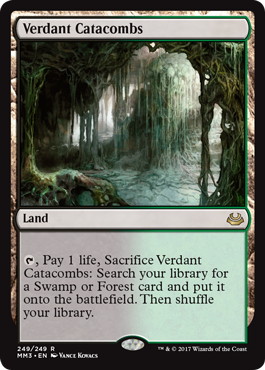
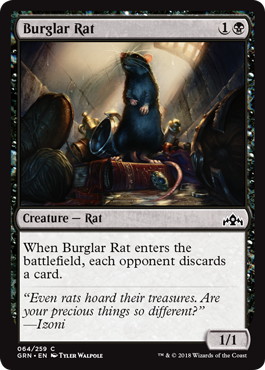
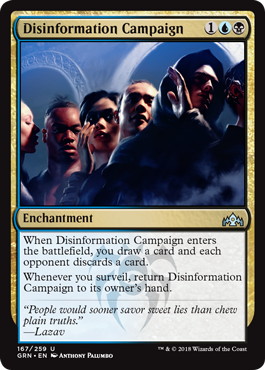
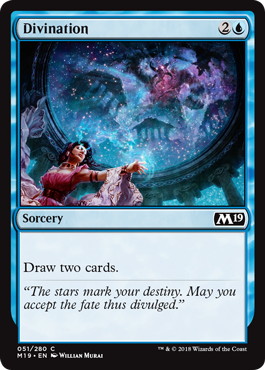
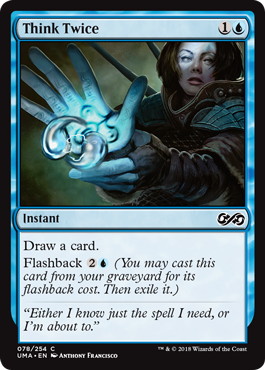



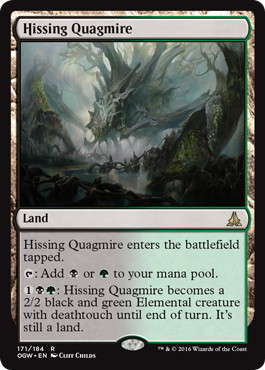
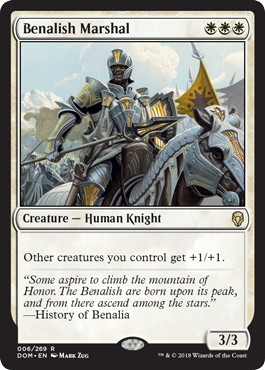
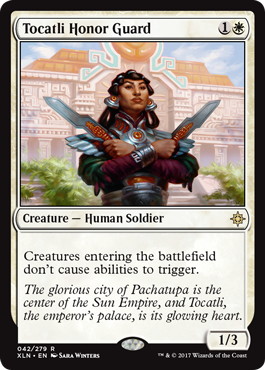
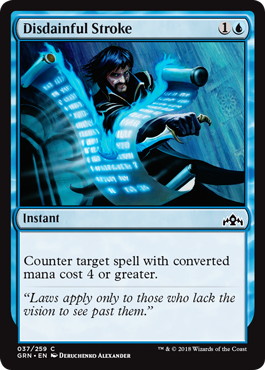
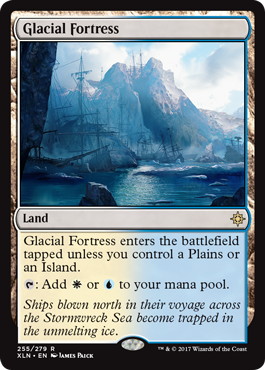

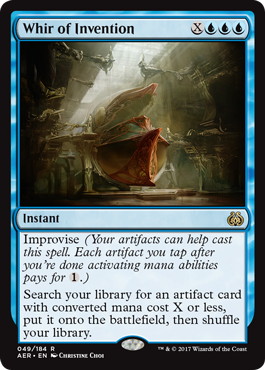
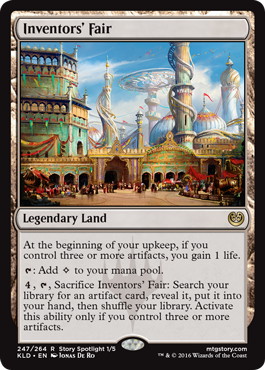
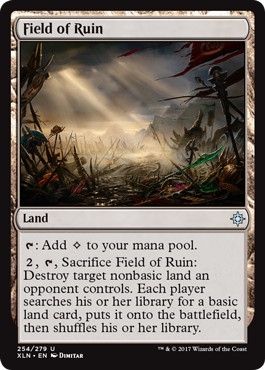
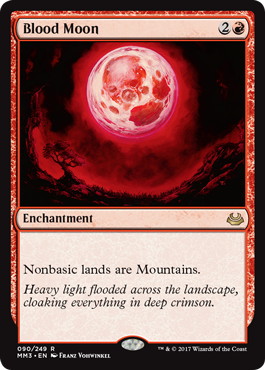
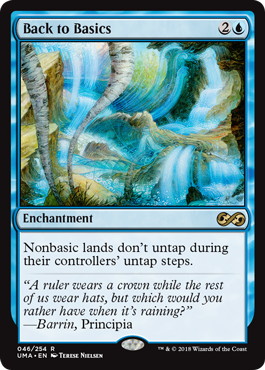
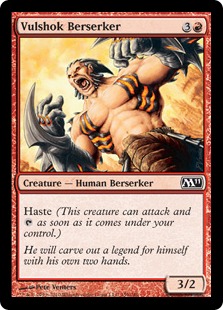
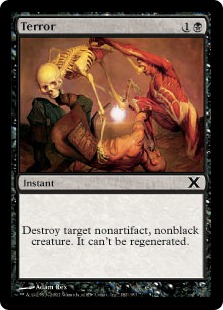
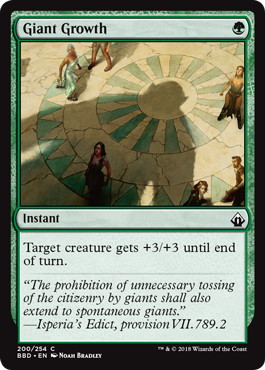

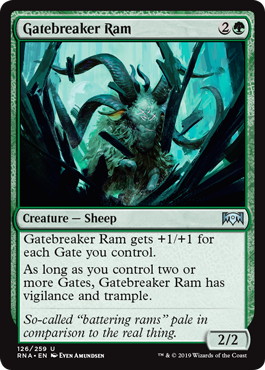
.jpg)
